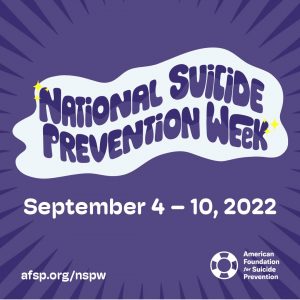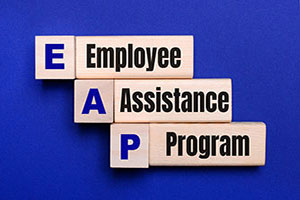Many college students struggle to pay for college and living expenses, which can threaten their ability to remain enrolled and graduate.
A 2025 Student Voice survey by Inside Higher Ed and Generation Lab found that 42 percent of students identified financial constraints as the biggest challenge to their academic success, followed by the need to work while attending school. This was particularly true for students over 25 and those attending a two-year or public institution.
An unexpected cost can be detrimental to a student’s retention; one-third of Student Voice respondents indicated that an unplanned expense of $1,000 or less would threaten their ability to stay in college. A Trellis Strategies survey found that 56 percent of students would have trouble obtaining $500 in cash or credit to meet an unexpected expense.
However, nearly two in three Student Voice respondents indicated they’re unsure whether their college offers emergency aid, and only 5 percent said they had access to emergency aid.
During a session at Student Success US 2025, hosted last week by Inside Higher Ed and Times Higher Education in Atlanta, Georgia, Bryan Ashton, Trellis’s chief strategy and growth officer, outlined some of the challenges colleges and universities face in building awareness and capacity regarding emergency aid resources for students.
What it is: Emergency aid can be administered in four different ways: a one-time disbursement, completion aid, emergency support resources and cash transfers, Ashton said.
The first is the most traditional understanding of emergency aid, in which a student needs financial assistance to meet an unexpected cost such as a flat tire, medical bill or broken laptop.
Completion aid is delivered most often to students a few credits shy of graduating to ensure they’re able to finish their credential, with the understanding that it provides incremental revenue to the institution.
In some cases, institutions don’t provide funding directly to the student but help address financial insecurity through just-in-time resources, including housing vouchers or partnerships with social services.
And, increasingly, emergency aid comes in the form of regular cash transfers. One example is for student caregivers or parenting students who may be paying for childcare. “We transfer an amount of money to them every month that isn’t necessarily for childcare, but it’s earmarked to help offset expenses related to increased cost of attendance that a student’s having [to pay],” Ashton explained.
During the COVID-19 pandemic, many campuses distributed emergency aid to students using dollars from the Higher Education Emergency Relief Fund (HEERF), which proved largely successful in promoting student persistence.
Analysis of HEERF distribution showed the dollars helped over 18 million students remain enrolled, with 90 percent of institutions crediting the funding for aiding at-risk students in making progress toward their degree. A review of HEERF distributions at Southern New Hampshire University found that students were statistically more likely to stay enrolled if they received HEERF dollars, compared to their peers who didn’t.
Pandemic aid for colleges and universities has since ended, but many campuses continue to provide small grants to address students’ immediate financial needs, often relying on philanthropic donations.
Best practices: Ashton offered some practical insights and takeaways for colleges and universities looking to improve their emergency aid practices on campus.
- Create a clearly defined approval process. One of the challenges with HEERF was that colleges had various implementation models for how the money was dispersed, where it was housed and when students would become eligible for funds, Ashton said. As a result, some colleges dispersed aid within days of getting the funds, whereas others waited until the last second. Colleges should establish clear and consistent policies for fund distribution and eligibility to ensure maximum reach and impact, he said.
- Build a support network. Staff should connect emergency aid to other available resources, which can create a more holistic look at student financial well-being. “It shouldn’t just be that the student gets $500 but it also should be, are we looking at that student for public benefit eligibility?” Ashton said. “Are we looking at that student for housing and security risks? Are we looking at other things that we can try to match and mirror as part of that process?” Creating a centralized physical hub on campus can be one way to do this.
- Quickly disperse funds. If the student is in a true emergency, providing funding before they leave higher education should be a top priority. “We don’t want that student talking to two or three committees, regurgitating a story, reliving trauma … that they’re not waiting a week for someone to make the payment,” Ashton said. One way to do this is for the institution to directly pay the claim, such as for a healthcare cost.
- Leverage student stories. HEERF established a clear precedent for the role emergency aid plays in student retention, and colleges and universities should amplify that fact to advance fundraising, Ashton said. “There’s a really strong narrative around the desire to keep that student in school.”
- Empower faculty and staff. Student Voice data shows that a majority of college students are unaware of emergency aid resources available on campus. Increasing awareness among student-facing campus members, including faculty and staff, can help close this gap.





